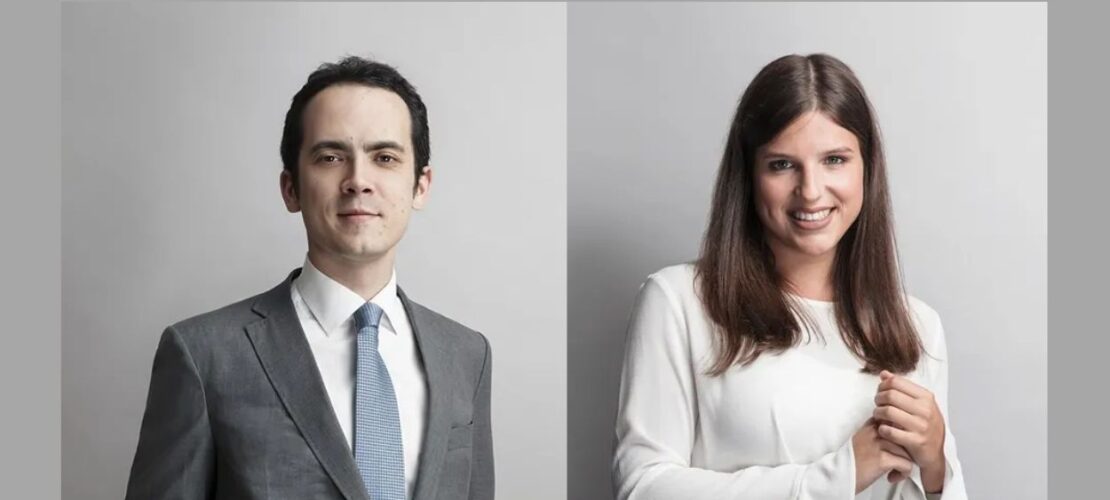The new era in the fight against counterfeiting
The 2024 Amazon Brand Protection Report illustrates how technological innovation, combined with collaboration between companies, law firms, and institutions, is transforming the protection of intellectual property
by mercedes galán
Experts: Nuria Villarin, legal director at Alpargatas; Gerard Guiu, general director of Andema; Tránsito Ruiz, senior associate in the anti-piracy legal area of Elzaburu
In an increasingly digital and interconnected world, counterfeiting has become a crosscutting threat. From luxury to sports, through the technology or pharmaceutical sectors, the phenomenon impacts both large multinationals and SMEs. According to OECD data, counterfeits already account for 2.5% of global trade.
“In the case of the textile and footwear sector, dealing with counterfeits remains a major challenge”, says Nuria Villarin, legal director at Alpargatas (the company that produces Havaianas). “The distribution chain is extensive, copying designs is easy, and the laws, although they exist, are applied unevenly, especially at the international level”.
The problem intensifies in the digital environment, where counterfeiters operate almost anonymously. “Street vending has picked up again in some tourist locations, but now we also face ‹fake pride› on social media”, warns Gerard Guiu, general director of Andema (Spanish Association for Brand Defense). “Influencers shamelessly flaunt counterfeits as if they were aspirational products. This harms brands and normalizes illegal behavior”.
ARTIFICIAL INTELLIGENCE
One of the strengths of the latest Amazon Brand Protection Report is its commitment to artificial intelligence (AI). Thanks to tools such as Transparency and Project Zero, the platform has managed to detect and block 99% of suspicious listings even before they are reported by rights holders.
“We are witnessing a profound transformation”, says Tránsito Ruiz, senior associate in the anti-piracy legal area of Elzaburu. “The use of AI represents an incredible opportunity for detecting counterfeits or misuse of trademarks or other distinctive signs, and, if necessary, to facilitate a customized takedown response”. The software used enables phishing cases to be prevented even before consumers are deceived, she notes.












